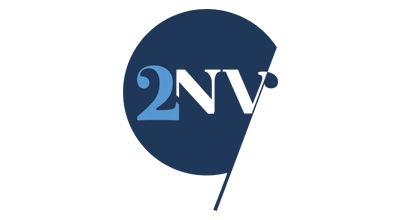ELISA MARÍA ZAPATA R
HEALTH IT ADVISOR, 2NV
Download the article.
Medical bill processing is one of the most expensive functions, involving both insurers and healthcare providers, and involves numerous administrative and service layers that include reviewing, investigating, making adjustments (if necessary), paying total, partial or reject the claim.
According to a study carried out by MarketsandMarkets “HEALTHCARE ANALYTICS MARKET – GLOBAL FORECAST TO 2026”, around 30% of the costs related to the operational processes of reviewing medical accounts are wasted due to inefficient payment processing, billing and customer support. paper, interpretation errors by analysts/auditors, variety and complexity of billing catalogs, little standardization in catalogs and supporting documents, manual processes, lack of opportunity in resolving cases that generate late payment interest, long processes of conciliation between the parties, among others.
The advances in our region in terms of electronic invoicing for health services together with the digitization of the process for submitting medical bills (accelerated by the pandemic), place the automation initiatives in a very favorable scenario, where the data from invoices , its details and supports can be read in a systemic way, processed automatically and with the support of automation methods – Robotic Process Automation (RPA) and Artificial Intelligence, analyzes will be carried out to determine deviations in charges, in the relevance of services , materials, medicines, devices and other billed benefits and supplies.
The reduction of the operational load, the automation of rules and the incorporation of cognitive mechanisms for analysis will optimize costs, facilitate the management of denials or objections, improve response times for claims, prevent fraudulent claims and improve relationships. between the actors (Insurers, Providers and Patients) while generating data of great value for predictive and future prescriptive analysis and support for decision-making in the organization.
RPA is acting as a conduit for smarter operations by running rule-based tasks at super speeds and creating more accurate and therefore more meaningful pools of data. It is also invaluable for leveraging and extracting data from disparate and legacy systems into a consolidated data pool for segmentation and analysis.
This type of activity is increasingly relevant in compensation models based on results/value (value based care), in population health initiatives, in billing processes, risk management and presentation of support for the reimbursement of medical bills; activities all highly repeatable and mostly executed manually.
With the increase in the accident rate and the affiliation of citizens to public and private health insurance, the burden of these tasks increases exponentially. Automating these activities can give a significant boost to operational efficiency; at the same time, it can help reduce overall costs. According to the MarketsandMarkets article, automation technology can deliver additional operational cost savings of up to 30% over five years for insurers and healthcare providers.
“2NV’s automation solutions, through its implementation services of various RPA tools, and its ZAT Platform to assist in the intelligent reading of documents and Automated information management, provide the necessary capabilities for payers and providers to are competitive, reduce operational and repetitive loads and reduce manual errors, resulting in efficient and timely documentation and a decrease in portfolio times generated by reprocessing and returns of accounts due to errors in the presentation of the same” Ignacio Carou comments. , CEO of 2NV.






